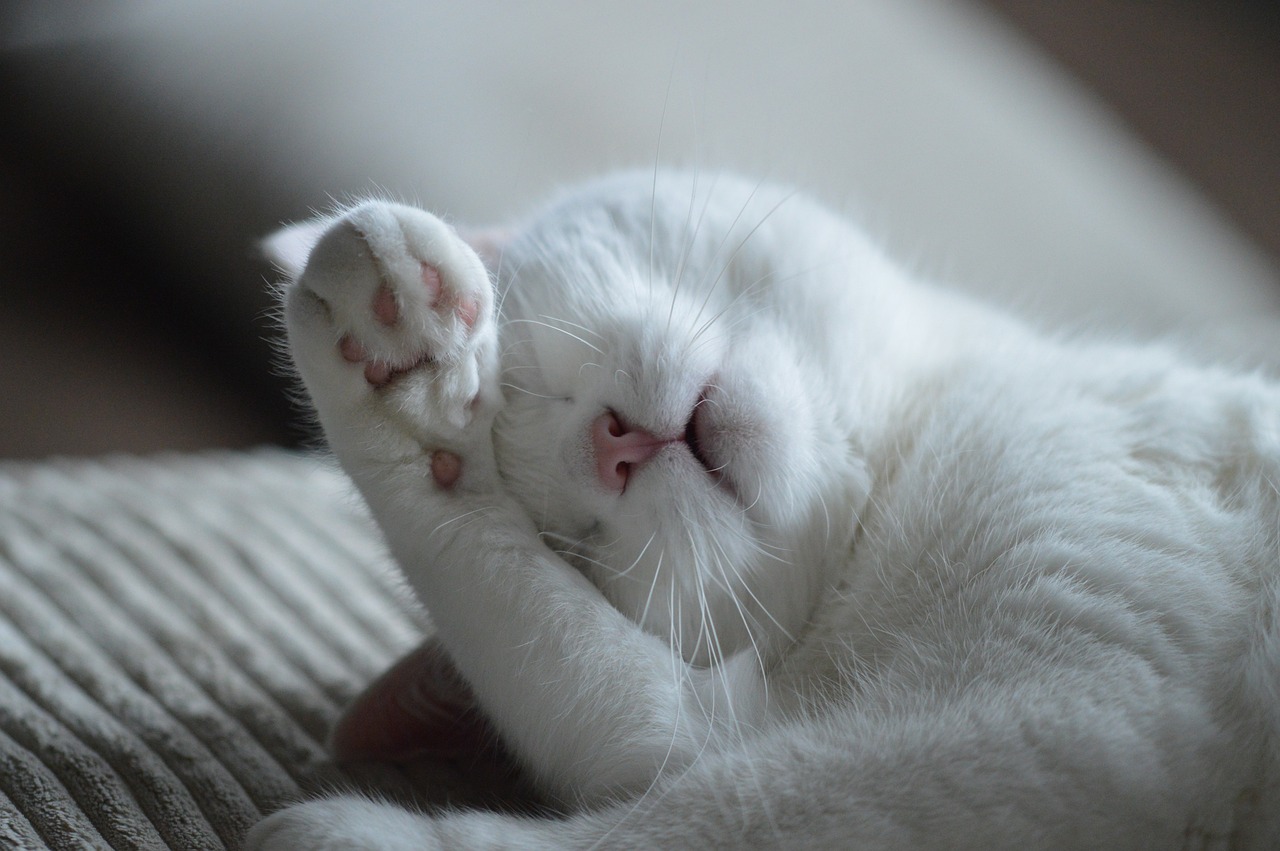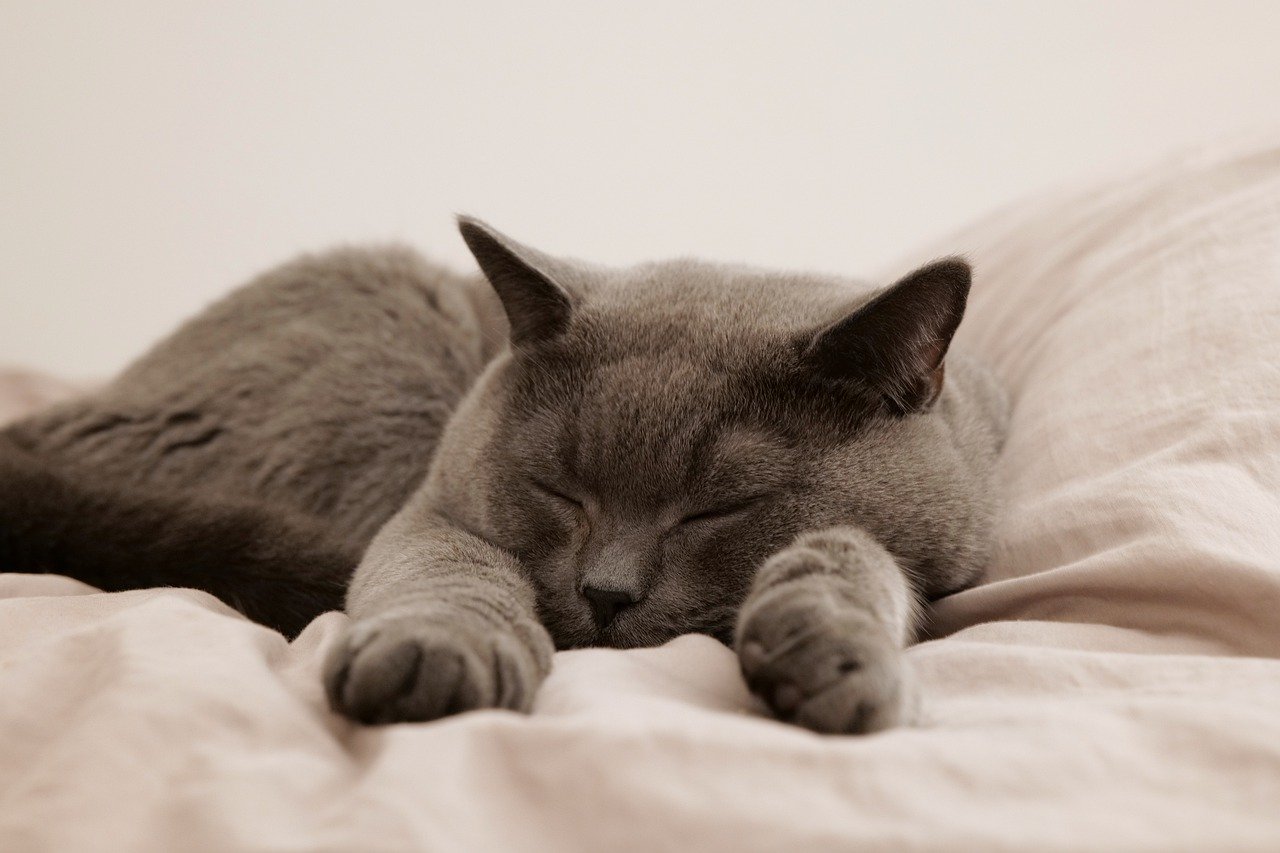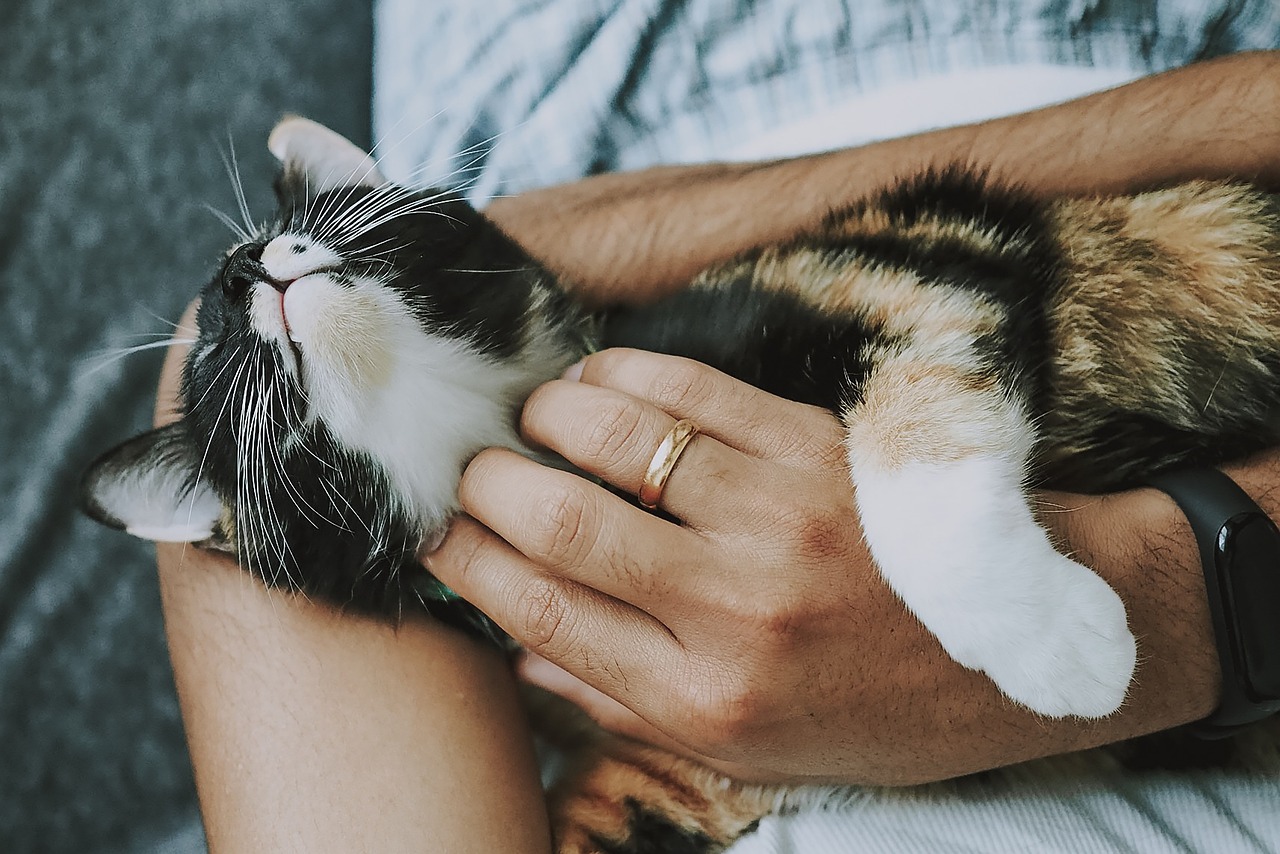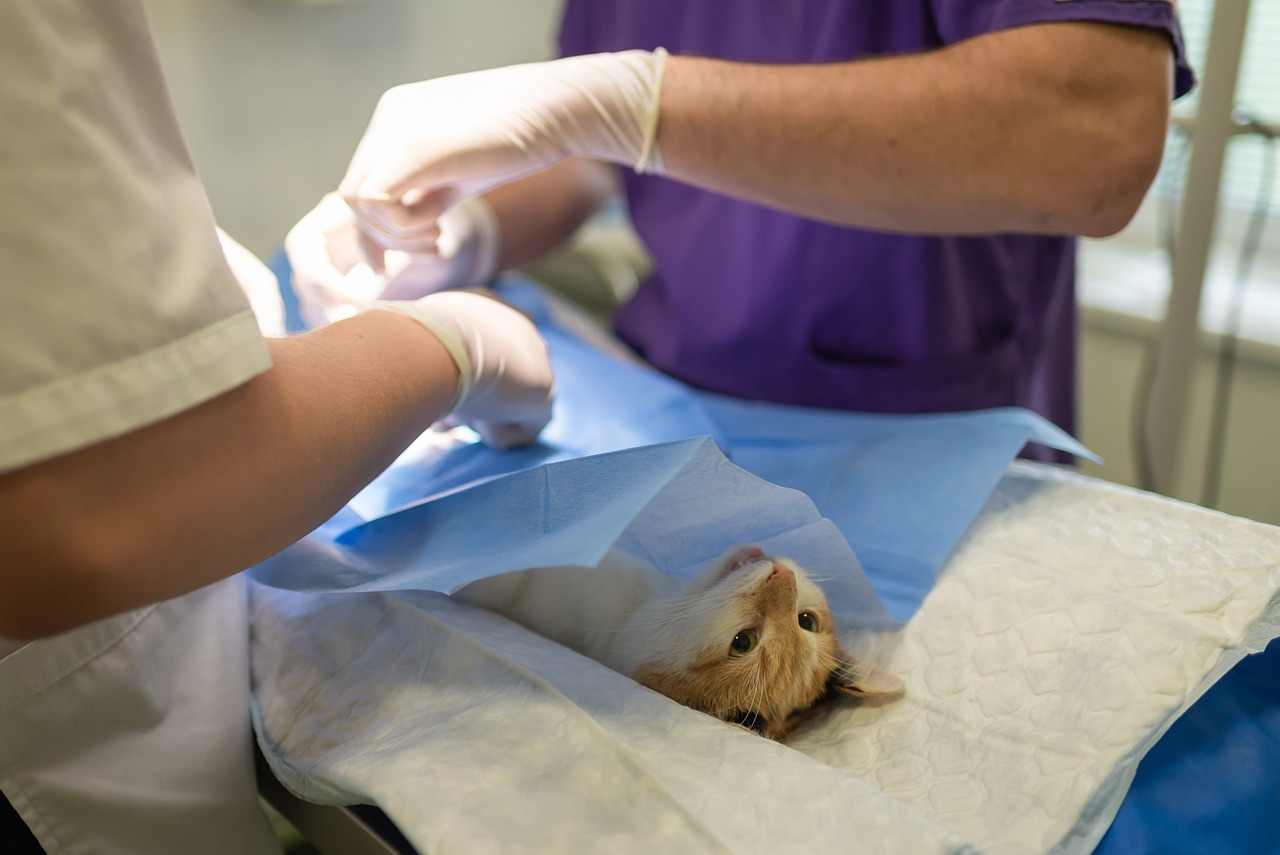Learn how to treat a cat’s sprained leg at home, effective home remedies, tips on pain relief, recovery strategies, and when to seek professional help.
You’ve probably heard the saying, “Curiosity killed the cat”—and there’s a reason it’s so popular. Cats are endlessly entertaining and always up to something naughty. These little creatures often dive headfirst into adventures that seem like a great idea at the time but sometimes land them in a bit of trouble.
One common mishap your feline friend might encounter is a sprained leg. With their daring escapades—from leaping off furniture to sprinting up trees and making breathtaking jumps—it’s no wonder injuries happen. While cats are known for their incredible ability to land on their feet, they aren’t completely immune to getting hurt.
Treating a cat’s sprained leg with care is essential, as neglecting it can lead to more serious and long-term issues. In this article, we’ll dive into everything you need to know about cat leg sprains: what causes them, how to spot the signs, and what steps you can take to help your meow adventurer recover.
What Is Sprain

A sprain involves the ligaments, which are bands of tissue connecting two bones together, such as the cruciate ligaments in the knee. Sprains occur when these ligaments are stretched or torn beyond their normal range.
However, sprains and strains are terms often confused, but they refer to different types of injuries.
A strain, on the other hand, affects tendons or muscles. Tendons connect muscles to bones, like the Achilles tendon in the calf. Strains happen when these tissues are overstretched or torn.
Both injuries are categorized as “soft tissue” injuries and are common in cats.
Types of Sprain
Sprains can affect various ligaments, tendons, and muscles, but they most frequently occur in the limbs. Commonly affected areas include:
- Ligament Sprains: These occur when a ligament is stretched or torn. Common ligaments affected in cats include those in the knees (stifle joint), ankles (tarsus), and wrists (carpus).
- Muscle Sprains: While not technically ligaments, muscles can also be strained. Overexertion, sudden movements, or excessive play can lead to muscle sprains.
- Joint Sprains: Joints connect bones and are supported by ligaments. Sprains in joints like the shoulder, elbow, or hip can cause pain and lameness.
- Tendon Sprains: Tendons attach muscles to bones. A sprained tendon can result from overstretching or trauma.
What Causes Sprain in a Cat
In cats, sprains can happen as a result of various activities or accidents. Here are some common causes:
- Jumping and Landing Incorrectly: Cats are agile creatures, but sometimes they misjudge a jump or land awkwardly. This can strain their ligaments, leading to sprains.
- Falls: Cats love to climb and explore high places. However, a fall from a tree, shelf, or other elevated surfaces can cause ligament damage.
- Running and Playing: Cats engage in playful activities, chasing toys or each other. Sudden stops, twists, or turns during play can strain ligaments.
- Accidents: Cats can get caught in doors, fences, or other tight spaces. Struggling to free themselves may result in sprains.
- Trauma: Car accidents, fights with other animals, or any impact can cause ligament injuries.
- Overweight: Cats that are overweight, have arthritis, or other musculoskeletal issues are at higher risk. Kittens, due to their playful nature, are also more susceptible to such injuries.
How Serious Is Cat Sprained Leg

A cat sprained leg can vary in severity depending on the extent of ligament damage and the affected area. Let’s explore the seriousness of a cat sprained leg:
Mild Sprain
- In mild cases, the cat may experience slight discomfort, limping, and swelling.
- Rest and limited activity can help the ligament heal over time.
- Pain management and monitoring are essential.
Moderate Sprain
- A moderate sprain involves more significant ligament damage.
- The cat may limp noticeably and show signs of pain.
- Swelling and tenderness are common.
- Veterinary attention is necessary to assess the severity and recommend appropriate treatment.
Severe Sprain
- Severe sprains result in substantial ligament tearing.
- The cat may be unable to bear weight on the affected leg.
- Intense pain, significant swelling, and bruising may occur.
- Immediate veterinary care is crucial.
- X-rays or other imaging may be needed to rule out fractures.
What are the Sprain Symptoms of a Sprain in a Cat’s Leg

Cats often hide their pain due to their instinctual behavior as mesopredators. However, certain signs can indicate that your cat has sprained its leg. Look out for the following symptoms:
- Limping
- Lameness
- Swelling and bruising
- Redness
- Pain and discomfort
- Loss of appetite
- Reduced activity levels or lethargy.
- Become more irritable or sensitive when touched.
- Hiding or withdrawing from usual activities.
- Less interested in play.
- Inability to Use the Injured Limb.
- Panting due to pain or distress.
What Can You Give Your Cat for a Sprained Leg: Home Remedies

While visiting a vet is the best course of action when you notice symptoms of a sprained leg in your cat, there are some home remedies that can help alleviate your cat’s discomfort.
For minor sprains, consider the following strategies
- Ice Pack: Apply an ice pack to the affected area to reduce inflammation and pain, two times in a day for 15 minutes.
- Gentle Massage: If your cat is cooperative, gently massage the injured limb to soothe discomfort.
- Comfortable Resting Area: Provide a cozy, quiet space for your cat to rest.
- Accessible Food and Water: Make sure food and water are easily accessible, such as placing them near your cat’s bed or resting area.
Ensuring Proper Treatment
Proper treatment is crucial for your cat’s recovery and to prevent recurrence. If you are unsure about home remedies, consult your vet.
Additional Care During Recovery
To support your cat’s recovery from a sprain, consider the following:
- Hydration: Ensure your cat has plenty of fresh water in a clean bowl.
- Supplements: Joint supplements can support recovery and prevent future injuries. High-quality supplements like TRI-ACTA H.A. contain active ingredients such as MSM, chondroitin sulfate, hyaluronic acid, and glucosamine, which help reduce inflammation, support cartilage health, enhance synovial fluid production, and improve mobility.
- Balanced Diet: Provide a healthy, balanced diet to supply the necessary nutrients for tissue repair and recovery.
- Safe Environment: Encourage rest by placing your cat in a safe room, pen, or crate to limit movement. Use ramps to help your cat access favorite spots without jumping, reducing strain on the injured leg.
When to Seek Vet Help

As I said, seeking vet help is the ideal solution if your cat shows any signs of a sprained leg as I discussed in the symptoms sections. However, home remedies are just to alleviate your cat’s discomfort, but you need proper diagnose and treatment which you can get from a professional vet.
How Vet Will Diagnose Sprained Cat Leg
A physical exam is the primary method for diagnosing the source of your cat’s discomfort. The vet will:
- Palpate the Limbs: Gently feel the limbs to identify any pain or swelling.
- Range of Motion Exercises: Move the joints through their normal range to detect any limitations or pain points.
- Observe Gait: Evaluate your cat’s walking pattern. Videos of your cat walking at home can be very helpful for this assessment.
To rule out fractures or dislocations and confirm a soft tissue injury, the vet may also recommend:
- X-rays: Useful for identifying fractures, though not for soft tissue injuries.
- Joint Taps: Extract and evaluate joint fluid.
- Advanced Imaging: Ultrasound, MRI, or CT scans if needed.
- Blood Work: Ensure kidneys and liver are healthy enough to process any prescribed medications.
What Treatment Will Be Provided
Treatment options typically include:
- Medications:
- NSAIDs: Such as Onsior or meloxicam to reduce inflammation and pain.
- Pain Medications: Including gabapentin, tramadol, or buprenorphine to alleviate discomfort.
- Rest and Restricted Activity:
- Cage Rest: Confining your cat to a small, safe space like a bathroom to limit movement.
- Gradual Reintroduction: Slowly reintroduce activity after several weeks of confinement to prevent reinjury.
- Indoor Confinement: Keep outdoor cats indoors until fully healed.
- Alternative Therapies:
- Laser Therapy: Reduces pain and speeds up healing.
- Acupuncture: Helps manage pain and inflammation.
- Physical Therapy: Aids in regaining strength and mobility.
- Surgery: In rare and severe cases, surgical intervention may be necessary.
Important Considerations
Not all sprains require medical intervention. Discuss with your veterinarian to determine the best treatment plan for your cat. Never administer human medications to your cat, as many, like Tylenol, are toxic to them.
By following these guidelines and seeking professional veterinary advice, you can ensure your cat receives the appropriate care and recovers effectively from a sprained leg.
Tips for Prevention Sprain in Cats
Kittens, being more curious and adventurous than adult cats, are especially prone to injuries. To help prevent sprains:
- Limit Jumping: Reduce the amount of jumping and leaping your cat does at home.
- Training: Teach your cat from a young age to use stairs instead of jumping and keep her off counters and other high places.
- Install a Catio: Create a safe outdoor space for your cat to explore without the risk of injury.
- Leash Training: Train your cat to go for walks on a leash to provide exercise while minimizing risky behavior.
By implementing these strategies, you can help prevent major injuries and keep your cat safe and healthy.
Frequently Asked Questions
Can a cat’s sprained leg heal on its own?
Mild sprains may heal on their own with rest and limited activity. However, it’s essential to monitor your cat’s progress and seek veterinary advice if the sprain doesn’t improve or if there’s significant pain. Moderate to severe sprains often require professional intervention and appropriate treatment.
How long does a cat leg sprain last?
the duration of healing depends on the severity of the sprain. For instance, mild sprains, typically resolve within 1-2 weeks. Moderate sprains may take 2-4 weeks and severe sprains can take several weeks to months.
Can a cat walk on a sprained leg?
Depends. Cats can still walk on a sprained leg, especially if it’s a mild sprain.
However, they may limp or favor the other leg to reduce discomfort. Severe sprains may cause more significant pain and affect their ability to walk normally.
Conclusion
Preventing and treating sprains in cats requires a combination of vigilance, proper care, and prompt veterinary attention when needed. By understanding the symptoms and knowing when to seek help, you can ensure your cat receives the appropriate care for a swift recovery.
Implementing preventive measures, such as limiting risky behaviors and creating a safe environment, can significantly reduce the chances of your cat suffering from a sprain. With the right approach, you can help your feline friend stay healthy, active, and happy.
If you have any concerns about your cat’s health or need more tips on preventing injuries, don’t hesitate to reach out to your veterinarian or share your questions and experiences in the comments below. Your input can help other cat owners keep their pets safe and healthy.
Meta- Learn how to treat a cat’s sprained leg at home, effective home remedies, tips on pain relief, recovery strategies, and when to seek professional help.

